Young Producers Case Study
Rachel Craddock, Young People’s Programmers
About the project and my evaluation challenge
Launched in 2016, the National Gallery’s Young Producers (YP) programme aims to build the relevance of The National Gallery collection for young audiences. The Young Producers are a dedicated group of young people aged 18–25, some of whom have little to no prior experience of museums and galleries. Together they represent a range of backgrounds and interests and as a team undertake developing briefs for new projects and collaborating with Gallery staff and experts to explore new ways of seeing the collection. During the 12-month programme, they support and deliver a range of projects from film-making to running events and social media campaigns, all whilst gaining hands-on skills and understanding of the cultural workplace.
An advantage of evaluating a new programme like YP was that we were able to test using impact-oriented logic models to direct the activity towards the outcomes we wanted to see develop, while putting in place automated impact evaluation surveys from the beginning.
Setting the scene
Initially, I spent 6 months visiting other venues and talking to other programmers and youth sector professionals to help to understand what worked and what didn’t. During this process, I considered what had the potential to work well within The Gallery’s unique setting. I had to think carefully about how I could embed the YP within the strategic activity of the wider organisation in order for the young people to gain the broadest ‘hands on’ experience, and for their work to feel valued and visible within the National Gallery. I followed a participatory approach, where the young people actively shaped the programme as it developed. Project briefs were developed in partnership with the young people to enhance their sense of agency and creative responsibility for programme outputs. A live project-based approach like this is intended to enable young people to collaborate with each other, Gallery staff and external experts with the aim of creating a mutual exchange of skills, understanding and perspectives. This collaborative context was used to help ensure their work is valued by the organisation and its audiences. I used a range of different evaluation tools, which also enabled participating young people’s voices to be heard by the organisation and to encourage participants to reflect on their experiences.
Recruitment to the programme is through an open call to young people aged 18-25 with a passion for the arts in the broadest sense and an interest in learning about the creative industries. We advertise, most successfully, through social media as well as directly to London Universities and Colleges. Young people are asked to apply via the website and respond to a series of questions exploring the skills and attributes they hope to bring and learn from the training programme. After shortlisting and peer to peer interviews with the previous cohort, young people are invited to an assessment day made up of practical group activities which reflect what they will be doing as a YP. The activities are observed and assessed by members of staff who make a final selection based on criteria that includes their communication skills, engagement and attitude to others.
As part of the programme, YPs take part in gallery induction, specialist external training and an in-house mentoring programme with a Gallery member of staff. Mentoring is an additional opportunity to share expertise and experience between YP and Gallery staff and create passionate advocates within the organisation for YP activities.
Evaluation approach
Monitoring and evaluation processes are embedded throughout the project in order to encourage reflective practice and highlight where improvements are needed. After creating the logic model, we designed an automated survey to be sent out at different stages of the project. To monitor how the programme was developing we planned regular meeting with the programme co-ordinator or mentors and took note of volunteer numbers and hours. We also used photography and film to document the events and monitored activity on social media. At the end of the year we held a Most Significant Change workshop to encourage participants to reflect on what they had learnt over the course of the year and document their individual narratives. With such a small group of young people, the personal narratives of each individual participant are both significant and powerful. These different methods enable us to capture a wide range of outcomes which help us to communicate the impact of the programme to a range of different audiences. This case study focuses on the the use of these surveys with the YP programme.
Reflections on using automated surveys with young people
The automated impact evaluation survey is a particularly useful tool, as we are able to collect a range of different responses relating to their background, interests, skills and aspirations, as well as asking them to reflect on their experiences of the programme. The automated system allows them to give more objective feedback then face-to-face interactions would allow. The system has been set up to send them a total of 9 surveys. This includes a survey before the programme starts to collect the baseline and five bi-monthly interim surveys throughout the programme. They also complete a survey at the end of the programme and at 6 monthly intervals after that.
This has been carefully planned to enable us to capture the learning journey of each individual participant as well as to inform future planning. Although there are a small number of participants each year, the longitudinal nature of the data we are collecting has the potential to be very interesting and provide a deeper understanding of the potential impact of participatory programmes for young people. It also enables us to sustain our relationship with each cohort beyond their completion of the programme. We hope that the regularity of these surveys will also allow the young people to build reflective skills and motivate them to engage more fully in the programme.
I have used the data in a variety of different ways both internally and externally as the programme has grown. The word clouds from the surveys have been an effective and direct way of sharing young people’s voices and perspectives. The survey feedback has helped me to monitor the programme as the year progresses and keep an eye on individual progression and satisfaction. Now we are coming to the beginning of the third year of the programme the survey data will be useful to help plan for the year ahead. We plan to map the data we have collected against different activities to see the impact of different project briefs and training.
The automated surveys will enable me keep in touch with the ongoing development of an alumni of young creatives after the programme ends. I look forward to seeing how the YP programme impacts on each of their life journeys over the next few years.
Films
https://youtu.be/7A2n5Zgk8Lw
https://www.youtube.com/watch?v=nx-NRWGdCeI
https://www.youtube.com/watch?v=XebWsNPxLEc
Images
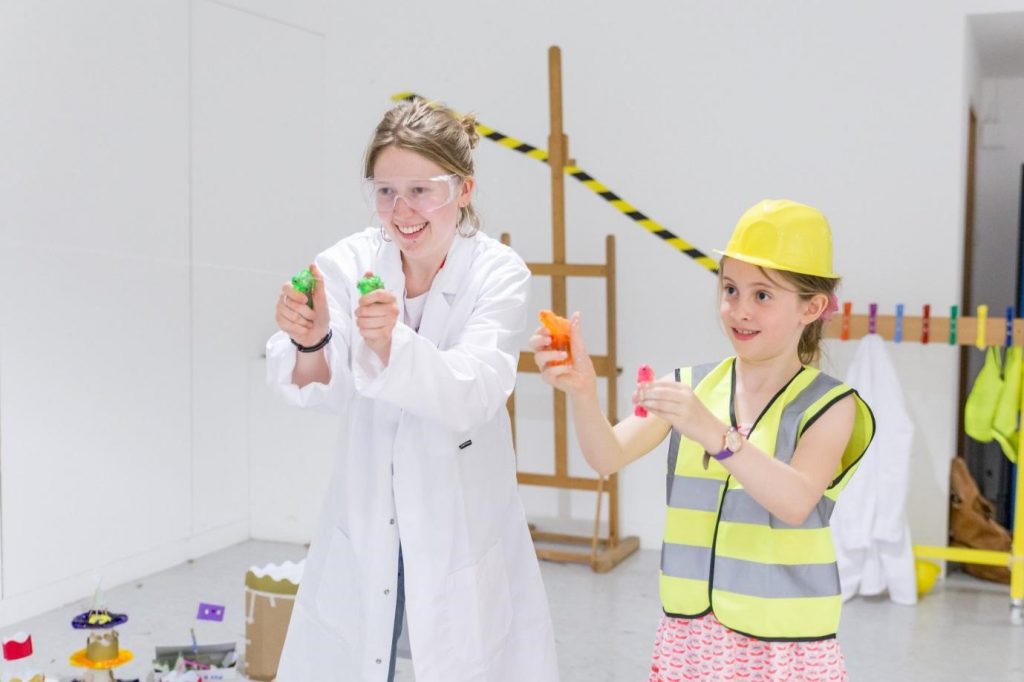
Young Producer testing a participant’s work as part of their ‘Build like Belotto’ Family Learning Workshop
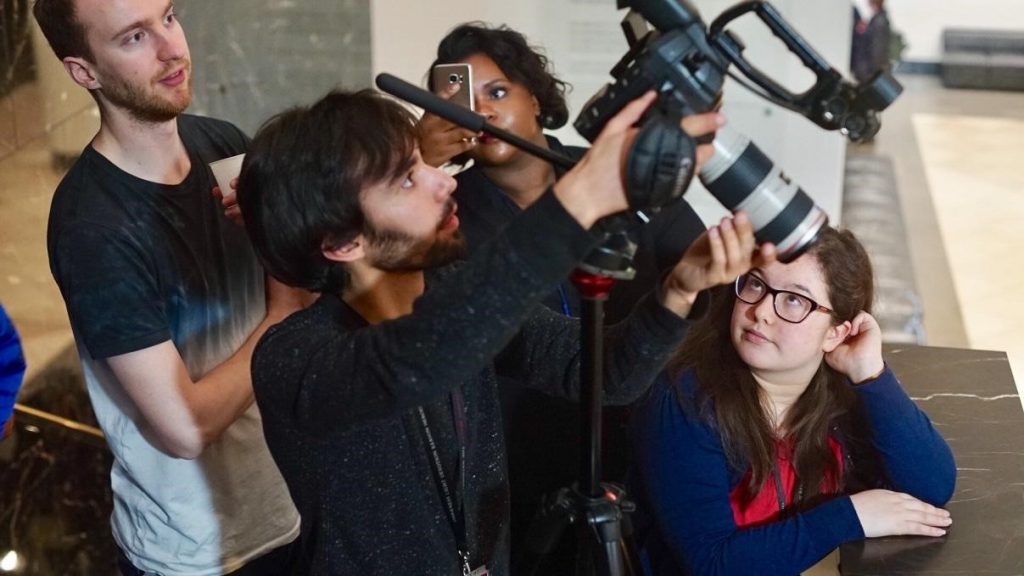
Young Producers film-making in the Gallery with Chocolate Films
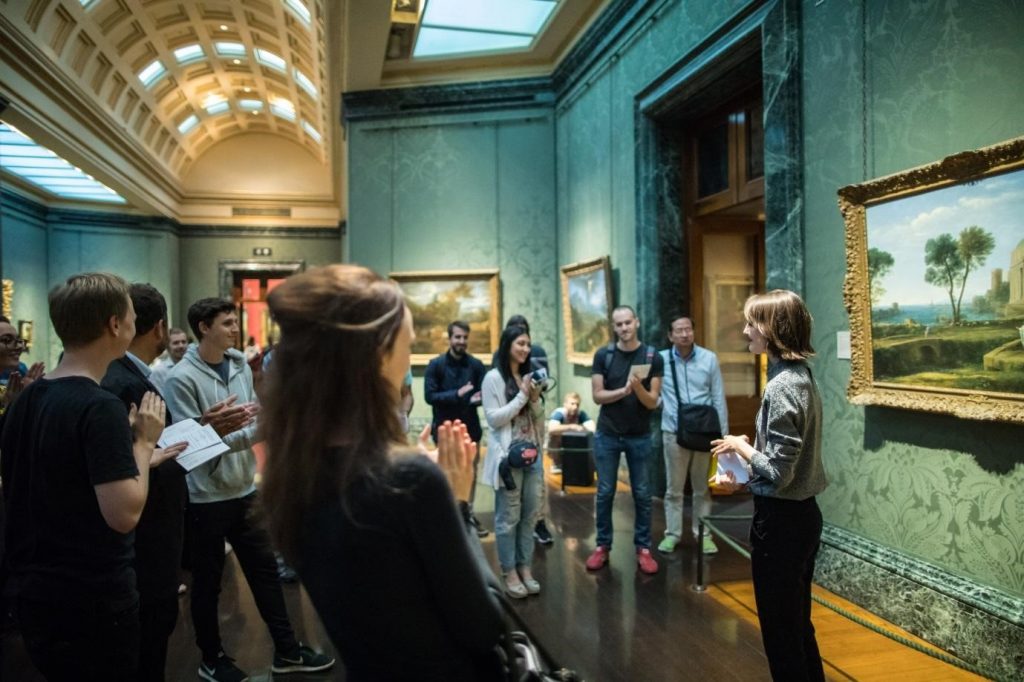
Young Producer performs a live poem about themes of Bestiality in the Collection as part of a YP Takeover Event.
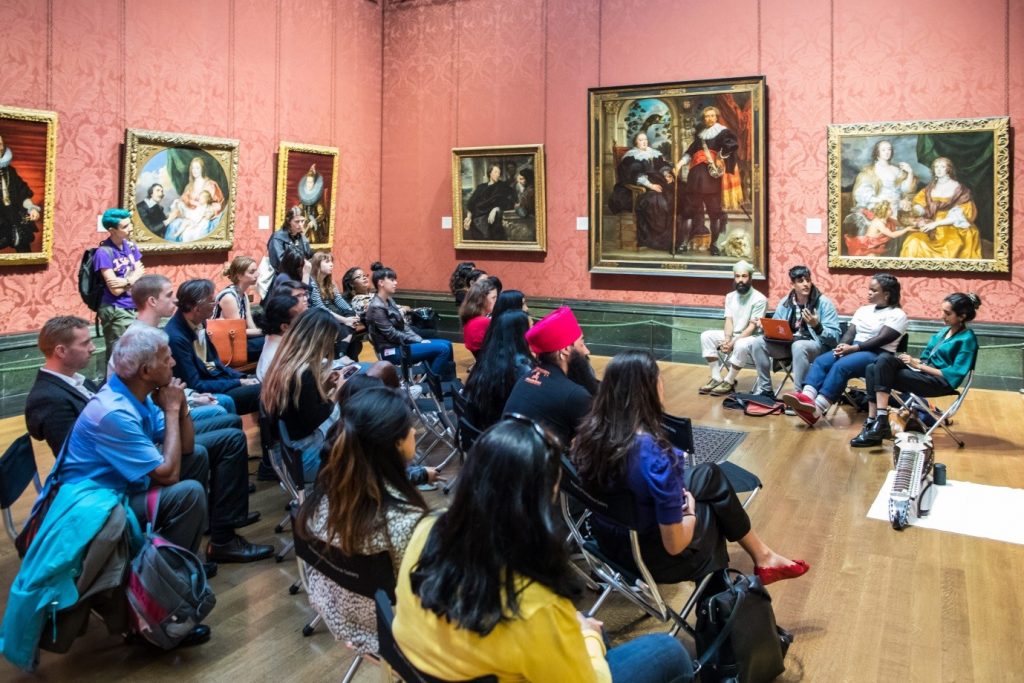
Young Producer-led panel debate about representation for young creatives of colour in the Cultural Sector, as part of a YP Takeover event.
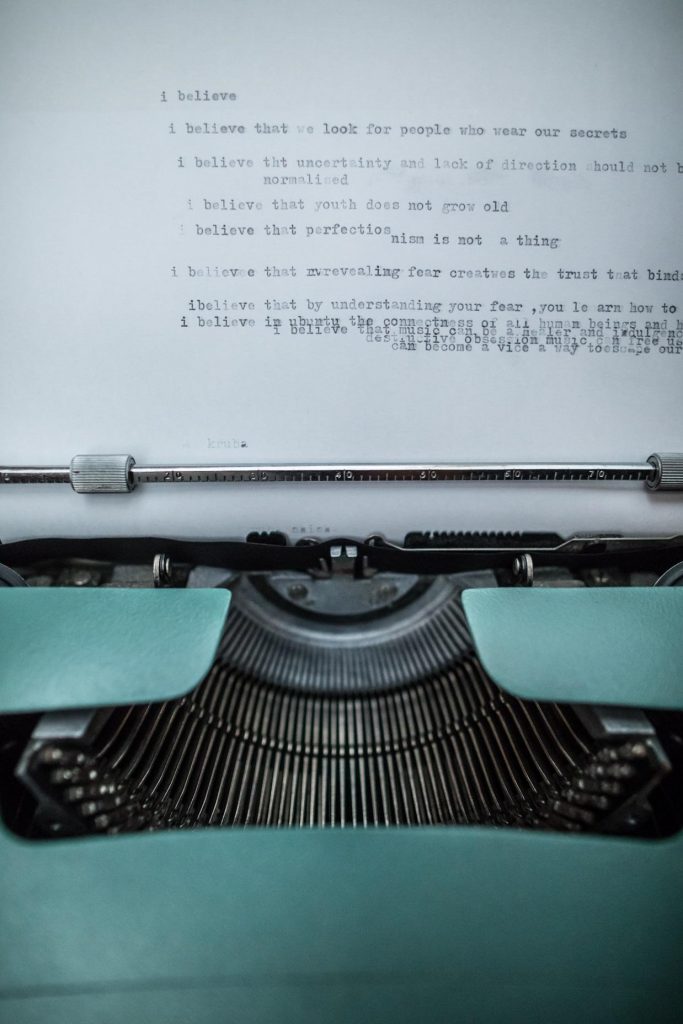
Young Producer poetry workshops about fears and beliefs as part of a collaborative event run by YP and YoungMinds around Mental Health.

Young Producer leads origami workshop as part of Young Producers Present: Monochrome Event.